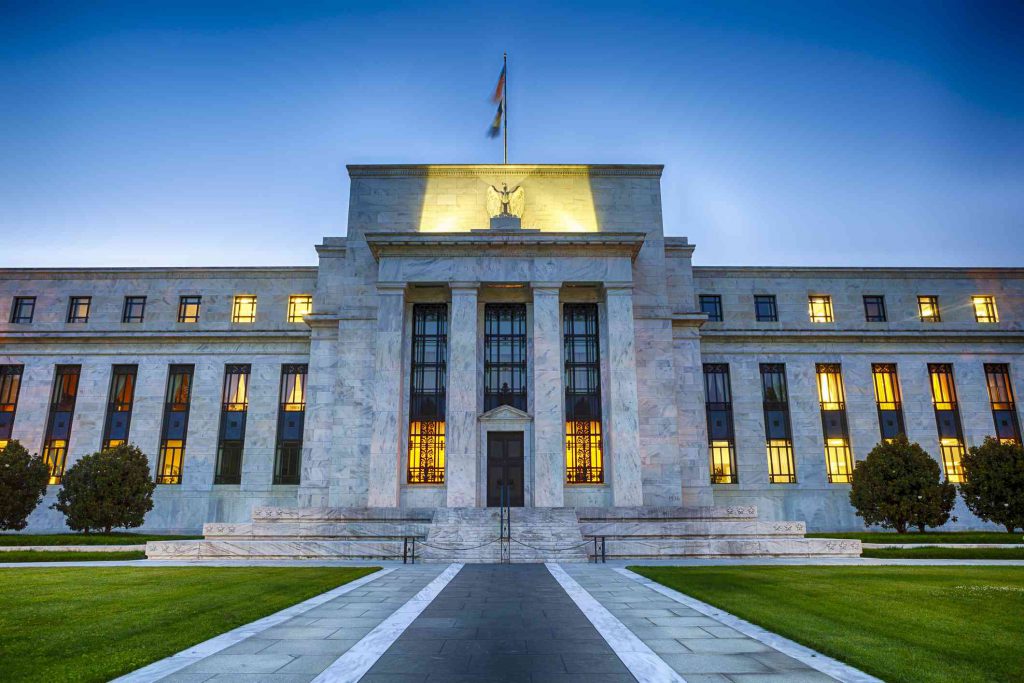The US dollar’s decline is a hot topic as investors await the Federal Reserve’s policy announcement. The greenback has weakened significantly, with the US Dollar Index (DXY) dropping to near 104 ahead of the Fed’s decision.
Also Read: Ditching the US Dollar Will Backfire on Nations Who Push De-Dollarization
How Fed Policy and BRICS De-Dollarization Affect the US Dollar


Fed’s Dovish Stance and Market Expectations
Interest rates are expected to remain unchanged at 5.25%-5.50% for the eighth consecutive meeting.
Market participants expect a more cautious approach in the Fed’s future interest rate guidance. This is due to cooling US inflation and a moderating labor market.
Unicredit Research analysts suggest that the Fed may signal its readiness to cut rates as soon as September.
This outlook is also shown in the market. The CME FedWatch tool data shows a 25 basis point rate cut in September and two more cuts expected this year.
De-Dollarization Efforts by BRICS Nations
Although the Fed’s policy shift dominates headlines, the ongoing de-dollarization push from BRICS nations is also exerting pressure on the US dollar’s global dominance. These efforts want to reduce the dollar’s reliance on international trade and finance, which might be affecting its long-term strength.
Also Read: BRICS De-Dollarization Agenda Fails: US Dollar Supremacy Intact
What Are the Current Market Sentiment and Tech Analysis?
The USD Index shown above forms a Symmetrical Triangle pattern. This usually indicates lower volatility.
This pattern usually leads to a sideways trend with lower volume and smaller price movements.
The short-term trend is bearish, with the 50-day EMA at 104.77 serving as solid resistance for dollar bulls.
Currency Performance Overview
The heat map illustrates the US dollar’s performance against major currencies. Notably, the greenback has strengthened most significantly against the Australian dollar while showing weakness against other major pairs, particularly the Japanese yen.
Also Read: BRICS Expansion: New Country Shows Interest To Join the Alliance
As markets brace for the Fed’s decision and subsequent commentary from Chair Jerome Powell, volatility in the forex market will persist throughout the week.
Additional economic data, including the US ISM Manufacturing PMI and July’s Nonfarm Payrolls report, will likely influence the US dollar decline in the coming days.





